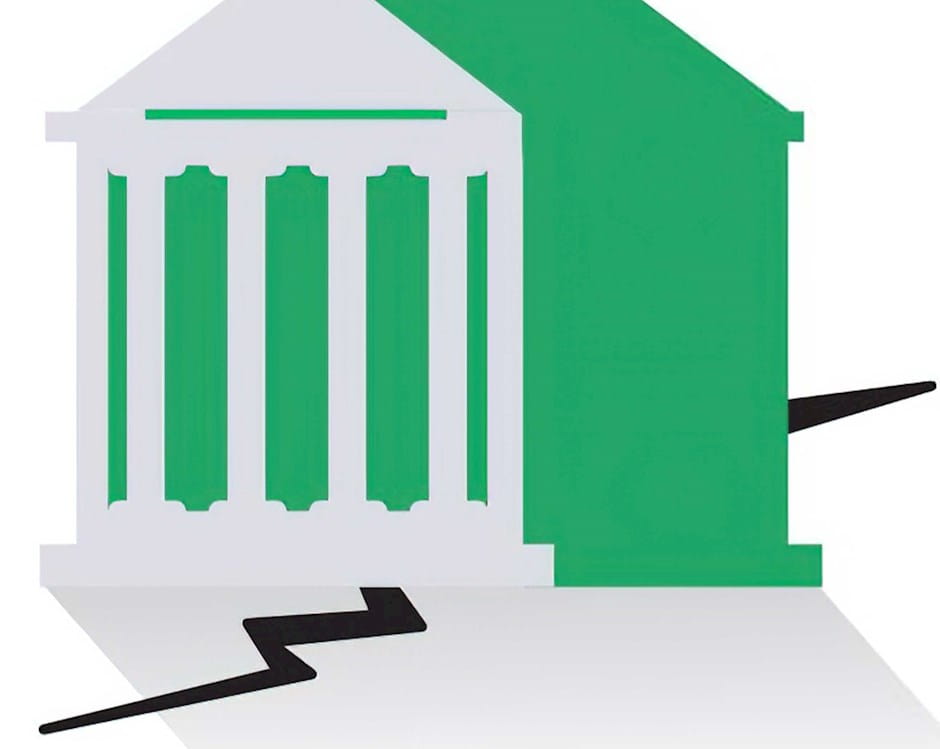In the aftermath of the 2008–09 financial crisis, many people questioned why bankers kept issuing subprime loans even when it was clear they were risky and likely to fail. “When the music stops, in terms of liquidity, things will be complicated. But as long as the music is playing, you have got to get up and dance. We are still dancing,” said Citibank’s then CEO Chuck Prince in 2007.
Did bankers dance because they were overconfident? Because they expected something different to happen than ultimately did? Neither, according to research by the late Chicago Booth PhD candidate Yiran Fan, who would have graduated with his PhD in 2021. Fan’s research explains why bankers’ actions were rational, arguing that Prince and his colleagues knowingly issued low-quality loans to raise liquidity, and that they issued more when there was a possibility of a liquidity crunch.
Fan recognized the risk embedded in the model of a traditional bank, and used it as a jumping off point for his research. Households and businesses deposit money at banks for safekeeping, and banks then lend out those funds for a profit. This works fine unless many depositors suddenly want to withdraw money that has been lent out for, say, 30 years. To manage this risk, banks often utilize the secondary market, where they sell the loans they make to other parties in order to keep liquid assets on hand.
However, Fan’s study points out that trading in the secondary market is somewhat complicated by, for starters, market expectations about what banks are selling. The market presumes that a bank is keeping high-quality loans in house and so bakes in a discount, presuming what’s sold is of lower quality. Additionally, there’s information asymmetry: the bank knows more than potential buyers about the quality of the loans, which lessens its incentive to screen borrowers carefully. Thus, when a bank wants to raise cash to manage its liquidity risk, it’s rational to scrimp on screening, issue low-quality loans, and unload them on the secondary market.
But a bank’s decisions have wider implications and drive, among other things, how much people earn and then save or need to withdraw from the bank. In circular fashion, this affects a bank’s liquidity risk and the amount it trades to raise liquidity.

